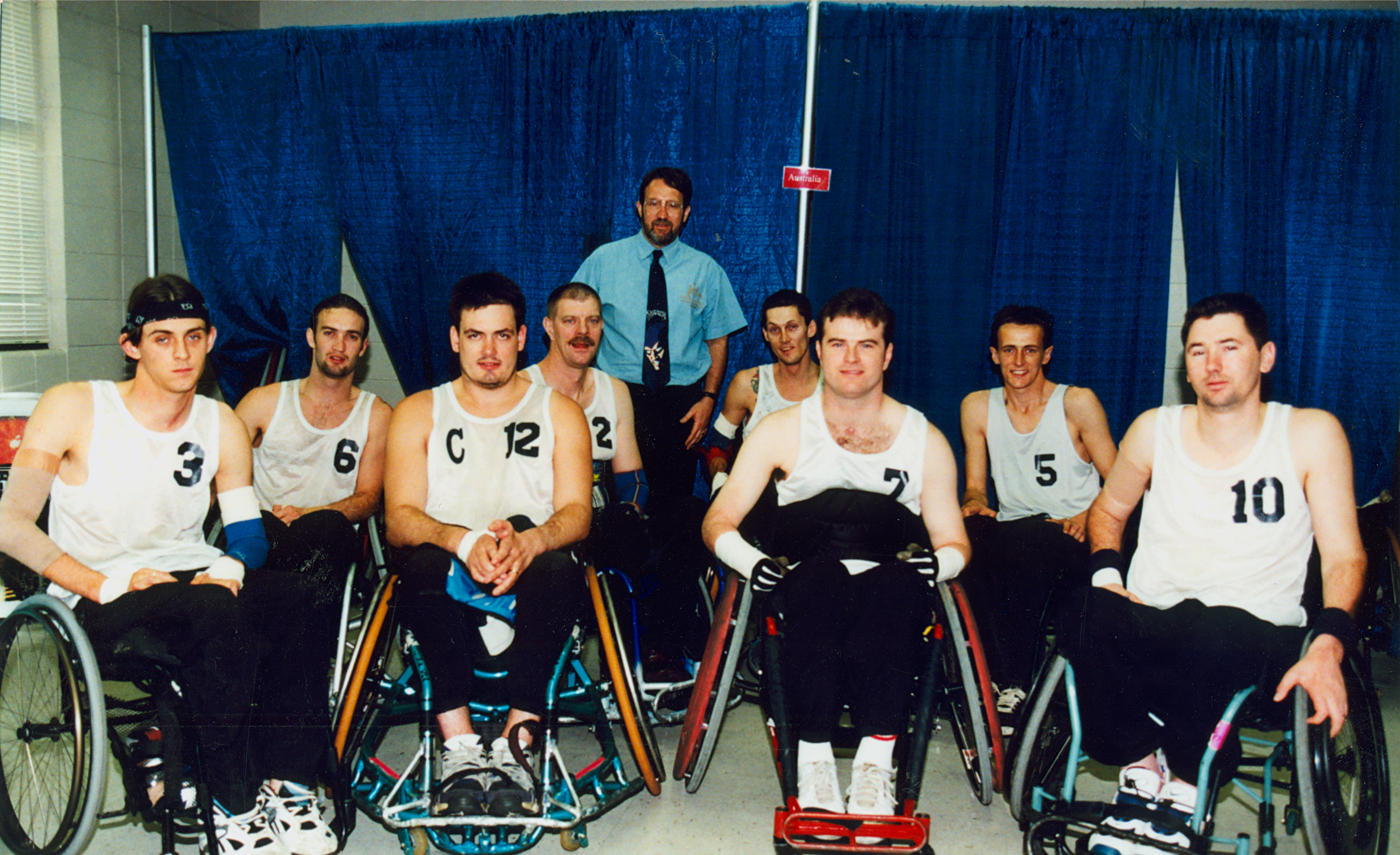There are 12 different types of wheelchairs available, beginning with the most basic type of wheelchair, to the most luxury and advanced. Each wheelchair is designed to have its own unique traits in order to suit the needs of all different types of disabilities. It is important to know which type of wheelchair will be the best for suiting your own personal needs.
Types of Wheelchairs
- Basic.
The basic wheelchairs are durable medical equipment that features a footrest, legrest and an elevating legest capability. Seat options include 16, 18 or 20 inches and the arms can be used in full-length or desk-length arms.
- Narrow.
Narrow wheelchairs are similar to basic wheelchairs, but they commonly come in a 16-inch wide seat only.
- Standard.
The standard wheelchair is the most basic model and offers several features like variable seat widths, detachable footrests, elevating legrests, permanent or removable arms, and full or desk-length arms.
- Lightweight.
These wheelchairs are lightweight and are made for those who travel in their chairs. They have the same features that the standard wheelchairs offer and are usually upholstered in nylon. These chairs are versatile and have a quick-release wheel removal process and/or an adjustable-height back.
- Extra-Wide Wheelchairs.
Extra-wide wheelchairs hold more weight than the standard 300lbs, they can hold between 350-450, maximum weight capacity. The width options are usually in the 20-24 inch range.
- Antimicrobial Wheelchairs.
These wheelchairs have a unique feature called antimicrobial technology on the major surfaces patients make contact with. This technology works to continuously to slow or prevent the growth of stain and odor that causes bacteria. Seats are upholstered with vinyl instead of nylon.
- Bariatric.
Bariatric wheelchairs are commonly set at 24, 26, 28 or 30 inch-width seats and support up to 700lbs.
- Heavy-Duty Transport Chairs.
These type chairs are usually made with materials that keep them light and typically have a seat range of 20-24 inches. This chair usually has full-length permanent arms and possibly a seatbelt and other comfort accessories like a cup holder on one of the arm frames. The rear wheels are close to 12 inches in diameter and are not meant for the person in the chair to reach and roll themselves forward.
- Standard Transport Chairs.
This type of chair is extremely lightweight and is made for people who weigh 300 pounds or less, seat width is typically 20 inches or less. The back folds down for easy storage and transport and have smaller rear wheels, 8-inches in many models. These are ideal for restaurant settings because the arms allow the patient to sit closer to the table. Instead of the typical steel frames, transport chairs are made of lighter metals, like aluminum, to make the chair weigh less.
- Recliners.
Recliner wheelchairs are heavy-duty chairs that are designed to support bariatric weight classes in the 700lb range. The back reclines to open up the torso and redistributes weight in a safer, more comfortable way for the patient. Some forms of reclining wheelchairs allow you to adjust the height of the back. Seat sizes available range from 15-18 inches from the floor.
- Pediatric Wheelchairs.
Pediatric wheelchairs have smaller frames and usually support up to 250 pounds. Seats are more narrow and shallow and typically come in 14 inches wise and about 12 inches deep. These chairs are designed specifically for children and are set a little lower to the ground. Some of these chairs feature a telescoping capability so the adult pushing the chair can comfortably reach the handles.
- MRI Chairs.
The MRI chairs are made of cushioned mesh sling materials and are sometimes made of PVC pipe, which is known to inhibit the growth of bacteria. Features like wheel locks and folding footrests are available, as well as metal MRI chairs. This type of MRI chair is made of non-magnetic metals.
This article is written by Peter Kennedy and the ideas for this article are provided by Mountainside-medical.com





